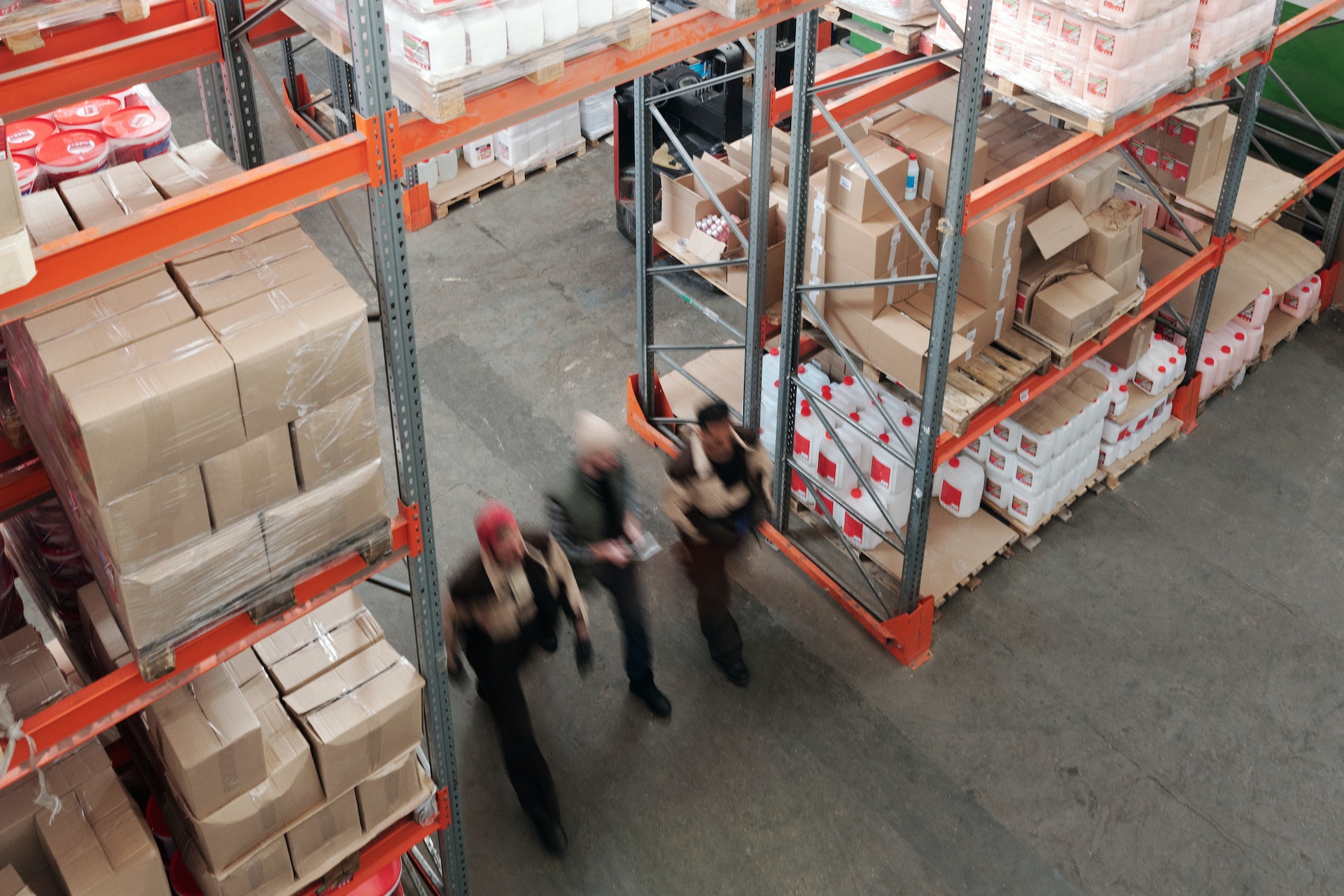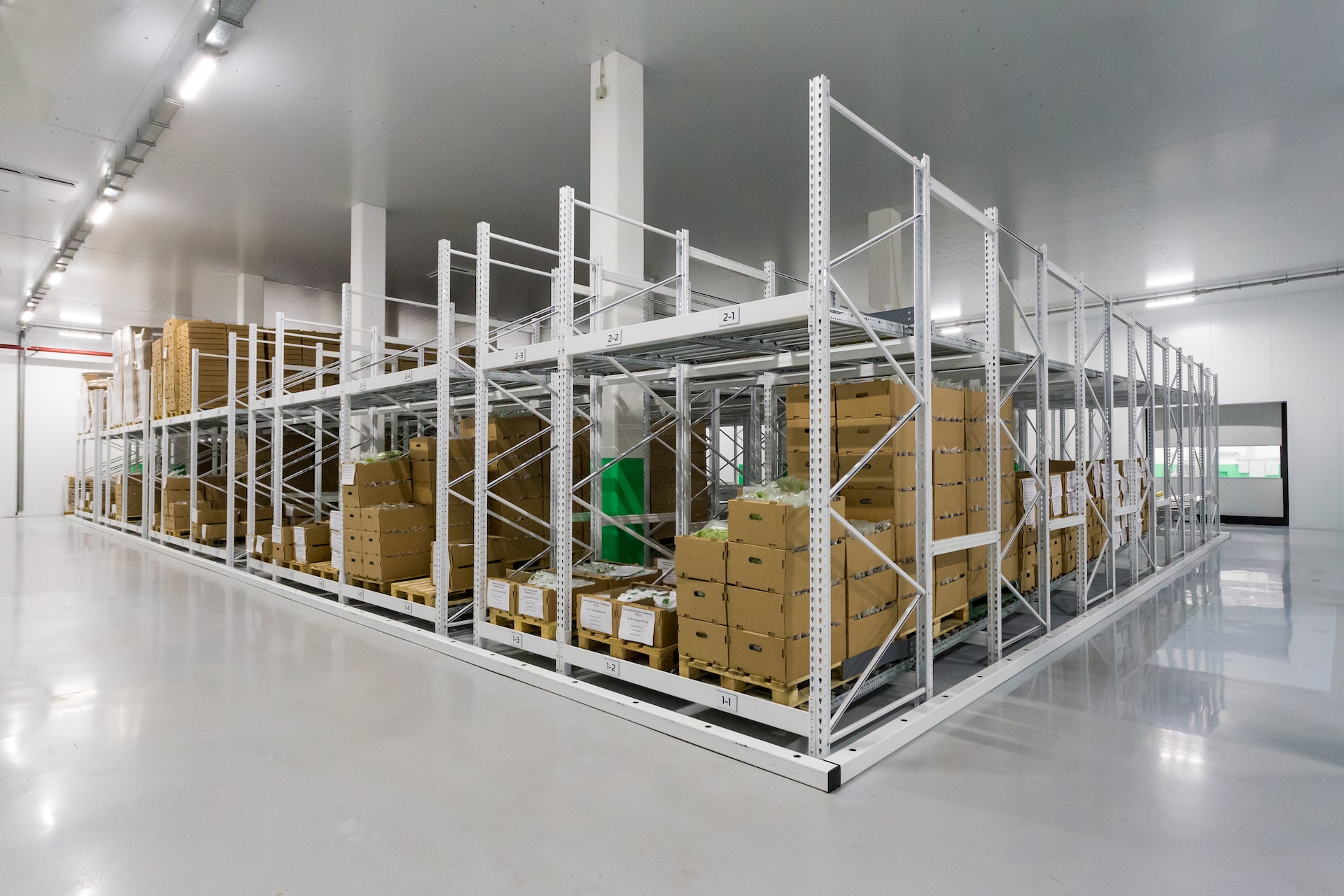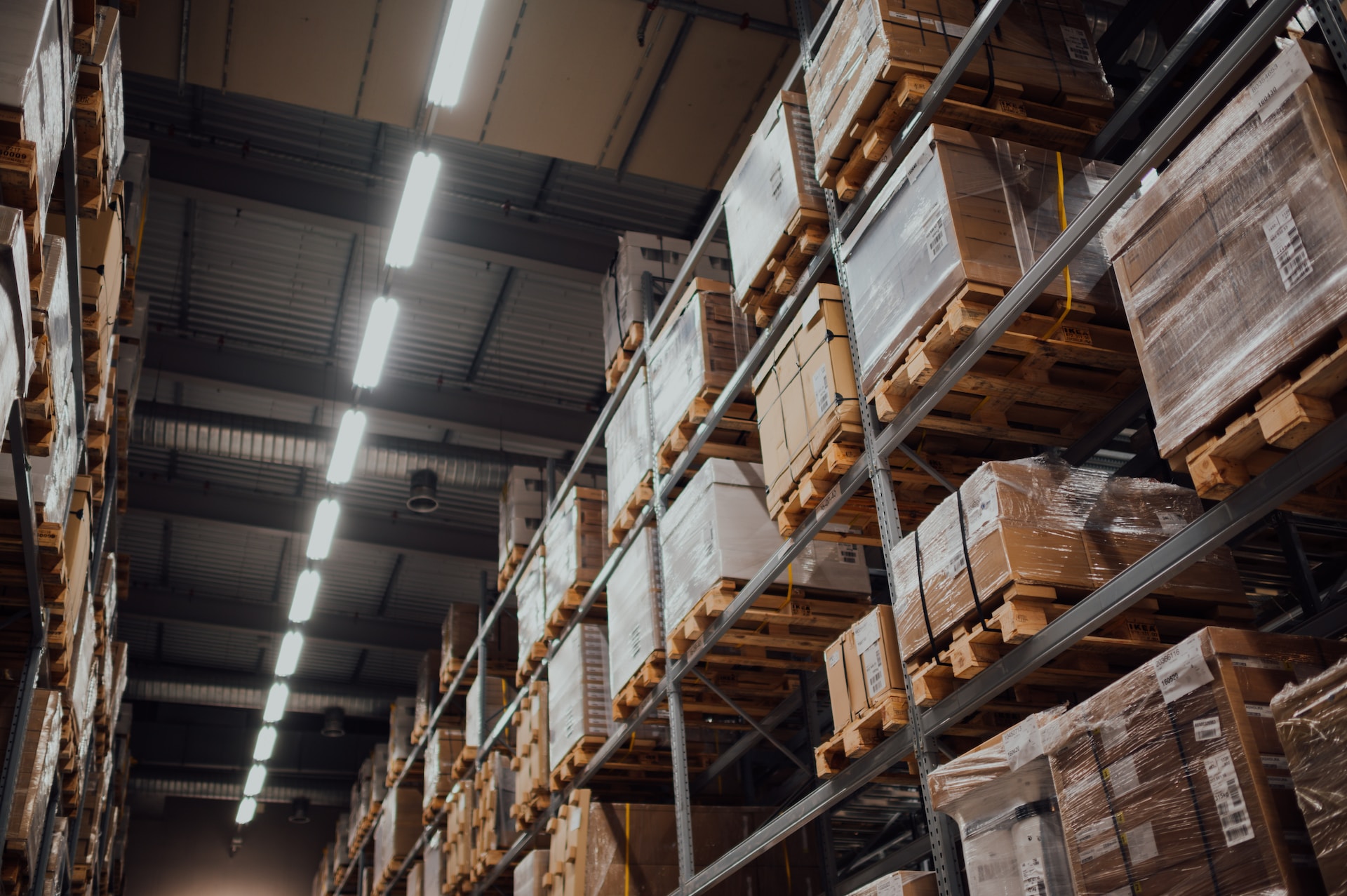
Transporting Dangerous Goods – What You Need To Keep In Mind
More than 1.25 million shipments of risky commodities go by air each year. The quantity of dangerous goods shipments will increase dramatically over the next five years, with air freight growth anticipated to average 4.9% annually. Because there are so many hazardous materials transported by air, safety requirements must be strictly adhered to. IATA collaborates with ICAO (International Civil Aviation Organization) to detect dangers and update laws, giving stakeholders the most recent instructions on how to handle and transport risky commodities safely.
Definition of Dangerous Goods
Before shipping, it’s critical to understand what a risky good is. The Dangerous Goods Regulations (DGR) Manual of IATA states that “Dangerous goods (also known as hazardous materials or hazmat) are articles or substances which are capable of posing a hazard to health, safety, property, or the environment and which are shown in the IATA Dangerous Goods Regulations list of dangerous goods or which are classified according to those Regulations.” Because IATA participates in a strict regulatory process, dangerous goods can be transported.
How Do You Define Dangerous Goods?
Most risky goods transportation is handled by shippers with experience in hazmat shipment with haulage in Birmingham. However, many travelers are unaware of the kinds of items that are regarded as harmful commodities. Aerosols, lithium batteries, infectious materials, fireworks, dry ice, gasoline-powered machinery and engines, lighters, and paint are a few examples of harmful items. (table of Figure 4.2)
 Why training in dangerous goods is essential
Why training in dangerous goods is essential
All individuals who prepare, offer, accept, and handle dangerous goods along the whole supply chain are obliged to complete dangerous goods training because IATA prioritizes safety above all else. Every two years, this dangerous goods training needs to be updated. By providing courses and yearly guides, IATA makes getting this training simple and available to anyone who needs it, ensuring that stakeholders are informed about the most recent laws and regulations. IATA’s aim to maintain aviation safety is what motivates it to make sure that the rules are followed and that everyone involved in the shipment of dangerous products has received the necessary training. You may discover the most recent information on training for dangerous products in our training section, regardless of whether you are a shipper, freight forwarder, cargo acceptance agent, cabin crew member, or anything in between.
IATA Dangerous Goods Regulations: What They Are
The International Civil Aviation Organization’s (ICAO) guidelines for the safe transport of dangerous products serve as the foundation for the IATA’s Dangerous products Regulations, a set of guidelines laid forth in an accessible rulebook. The United Nations classification of each item or substance, as well as its acceptance and requirements for air transport, are included in the IATA’s Dangerous Goods Regulations. IATA goes above and beyond what is required by ICAO and the UN safety regulations to ensure that the strictest security procedures are adhered to.
How Frequently Are IATA Rules Updated?
IATA acknowledges that significant changes occur every year and that current information is required to stay abreast of safety measures, but ICAO updates its regulations every two years. More recent information is needed to stay abreast of individual country and airline constraints, which may be more onerous than ICAO rules. This is why IATA updates its manual each year to reflect the most recent IATA rules and operational developments.
What Are The Classes Of Dangerous Goods?
Every harmful good will fit into at least one of the nine classes established by the UN to categorize them. Correct classification of dangerous items is crucial for communicating the risks posed along the transport chain. The following are the classes of harmful goods:
- Category 1: Explosives
- Gases, Class 2
- Flammable liquids, class 3
- Class 4: Flammable Solids, Spontaneous Combustible Substances, and Substances that Emit Flammable Gases When in Contact with Water
- Class 5: Organic Peroxides and Oxidizing Substances
- Toxic and infectious substances, Class 6
- Radioactive Material, Class 7
- Category 8: Corrosives
- Class 9: Other Dangerous Goods and Substances, Including
Environmentally Risky Materials
How Are Hazardous Items Recognized?
A hazardous material will be given a UN number and an appropriate shipping name based on its classification and content.
A list of about 3,000 items and substances that are frequently carried by air can be found in IATA’s Dangerous Goods Regulation Manual (DGR). In addition to general “not otherwise specified” (n.o.s.) entries that cover a chemical family or set of related compounds, such as alcohols, n.o.s. and environmentally hazardous substance, liquid, n.o.s., this list includes names for listed entries such as paint and ethanol. (4.0.2.1)
How Aircraft Transports Dangerous Goods
There are precise protocols that must be followed in order for hazardous to be carried by air. First, the shipper must adhere to their requirements, which include properly designating the item as dangerous goods, filling out the Dangerous Goods Declaration, and putting the shipment in a transportable condition. The cargo acceptance procedures are then meticulously carried out. The shipper’s submission will be checked to see if it conforms with the dangerous goods regulations by using the dangerous goods checklist.
The operator must then review the dangerous goods checklist to make sure all rules are followed within those constraints (for additional details, see the IATA’s dangerous goods regulations, or DGR).
The process of loading comes after dangerous items storage and handling are completed. Certain dangerous goods should never be loaded or stored adjacent to one another or next to food. To prevent shifting during transport and causing damage to the packaging of the dangerous goods, the packaging as well as other objects being sent must be secured. (9.3.5)
The three most hazardous items transported annually
Three categories of dangerous commodities stand out among the more than 1.25 million hazmat packages handled annually. Lithium batteries, dry ice, and flammable liquids are the products that are sent the most frequently. Many products, including frozen meals and pharmaceuticals, including vaccinations, use dry ice as a refrigerant.
 Who Participates In The Transportation Of Dangerous Goods And What Are Their Duties
Who Participates In The Transportation Of Dangerous Goods And What Are Their Duties
To guarantee that the risks posed by dangerous goods are understood and that everyone engaged is capable of carrying out the duties that are assigned to them, proper training for every person in the dangerous goods supply chain is essential. While some roles just need a fundamental understanding of the dangerous products requirements, others need in-depth knowledge of the hazardous material restrictions in order to perform their jobs. For each job role, rules and sufficient training are necessary. This is valid for security screeners, operators, ground handling agents, shippers and packers, and freight forwarders. Everyone who could interact with risky goods needs to be properly taught. Because some products that passengers carry are categorized as dangerous commodities, such as mobile phones, tablets, and laptops with lithium ion batteries, this also applies to cabin crew members and check-in personnel. (Sec 1)
Infectious Materials
IATA developed the Infectious Substances Shipping Guidelines (ISSG) because only those working in the healthcare profession, including the veterinary sector, are normally permitted to export infectious substances, including specimens being shipped for diagnostic purposes. It is a thorough shipper-focused handbook that enables shippers to safely comply with the laws required to transport infectious materials and patient specimens.
Battery Types: Lithium
One of the hazardous items that is most frequently carried is lithium batteries. IATA established a special document targeted exclusively at shippers of lithium batteries in order to address the rules and regulations pertaining to the carriage of lithium batteries. For businesses and people who might not be familiar with the dangerous products process, the document further explains how to carry lithium batteries securely. The rules for transporting lithium batteries and objects containing lithium batteries are better explained by the IATA Lithium Battery transporting Regulations (LBSR).
Delivery & Handling
Shipping and handling must be done correctly in order to transfer hazardous materials by air safely. As this establishes the safety protocol for the transportation of dangerous products by air, shippers must adhere strictly to the dangerous goods laws.
Operators’ and Shippers’ Responsibilities
Shippers must first ensure that hazardous cargo is properly secured before operators are even involved. For their goods to be accepted by the airlines, shippers are required to strictly uphold a number of obligations. They must specifically adhere to the following rules and are accountable for all aspects of the packaging of their dangerous goods (Section 5).
- adhere to particular packing specifications
- Use only the packaging approved by the Dangerous Goods Regulations (DGR) of IATA.
- correctly put together and fasten packing as directed.
- Observe the correct amount each package.
- Make sure the packaging’s exterior is free of impurities.
- Delete any previous container markings that are no longer applicable.
- Label each package as necessary.
- Correctly complete the Shipper’s Declaration for Dangerous Goods and the Air Waybill
The operators will make sure the shippers adhere to all regulations and process each package in accordance with the Dangerous Goods Checklist in order to get it ready for loading or storage.
How to Prepare Dangerous Items for Air Transportation
Hazardous materials (hazmat) must be properly prepared and strictly adhere to the dangerous goods standards in order to be shipped by air. It starts with accurately identifying the dangerous good, followed by high-quality packaging that can survive loading onto and being transported on pallets and Unit Load Devices (ULDs). Additionally, they must make sure there are no leaks or damages and that the contents won’t be harmed by temperature and pressure variations.
Each package needs to be properly identified and labeled, including any specific handling requirements and its categorization.
Shippers must make sure that only specific hazardous are put in freight containers or ULDs; for further details, see the IATA’s Dangerous Goods Regulations (DGR).
How Do I Fill Out A Declaration For Dangerous Goods?
A document called a Shipper’s Declaration for Dangerous Goods and Air Waybill is required for every shipment of hazardous materials. The format, language, color, and size requirements for the Dangerous Goods Declaration must all be followed when filling it out. The document must contain the following details:
- Sender’s name
- Consignee
- Air Waybill Reference
- Numbers on a page of pages
- Aviation restrictions
- Arrival at airport
- Designation of an airport
- Shipping Method
- Characteristics and Amount of Dangerous Goods
- The quantity and kind of packaging
- Packing Guidelines
- Authorizations
- Added Information Regarding Handling
- Certification Declaration
- A signatory’s name
- Date
- Signature
How to Complete an Air Waybill and Shipper’s Declaration for Dangerous Goods
The air waybill will be filled out by the freight forwarder together with the shipper’s Declaration of Dangerous Goods. The following information is needed for that:
If the shipper’s declaration is not necessary, the handling information statement, mixed shipment, if applicable, the UN or ID number, the correct shipping name, the total number of packages, and the net quantity of packages must all be stated. Additionally, the use of dry ice must be noted on the Air Waybill, which should also list the exception quantities of products and any other unique documents.
Packaging for Dangerous Goods: What You Should Know
As was already said, shipping hazardous materials safely depends greatly on suitable dangerous goods packing. The packaging for the dangerous goods must be properly put together and strong enough to be handled. However, shippers must adhere to additional regulations regarding their classes and the level of danger for each material when packaging hazmat for shipping. Because of this, packing groups have been included to the breakdown of risky goods shipments.
For shipping and handling purposes, the packaging groups make it simple to identify the various classes. Packing Group I is designated for chemicals posing a high risk, Packing Group II for substances posing a medium risk, and Packing Group III for substances posing a moderate risk. (Section 5) The shippers are responsible for making sure that all documentation is accurate and fully completed, that all signatures are legible, and that the shipment has been prepared in accordance with IATA guidelines.
The packaging for dangerous goods must not only be correctly labeled, but the producers and distributors also need to include instructions on how to put it together and operate it.
 How Should Dangerous Goods Be Marked and Labeled?
How Should Dangerous Goods Be Marked and Labeled?
Every shipping of a package carrying a dangerous good needs to be properly labeled. This includes labels for their handling, classification, and any other necessary details. There shouldn’t be any additional labeling that does not apply, and the labels should be clearly visible.
The labels must be long-lasting, printed on adhesive, secured to the outside of the packaging, and easily readable. They must adhere to all requirements in terms of text, symbol, shape, color, and format. Every label must have both an English and the original language version.
Where To Find Labels For Dangerous Goods
You may buy dangerous goods labels directly from IATA to ensure that they satisfy all of the requirements listed in IATA’s Dangerous Goods Regulations (DGR). When you order your dangerous products labels from the IATA website, you can be sure that you will always be in compliance with the legal requirements.
Who Is In Charge Of The Documentation For Dangerous Goods?
The Shipper’s Declaration for Dangerous Goods, which details the hazardous materials being offered for air transportation, must be completed by the shipper. The documentation for dangerous products must be filled out correctly, so extreme caution should be exercised. The products cannot be approved for air shipment if the documentation are incorrectly filled out.
Where to Go for More Details
IATA makes a concerted effort to maintain the safety of air transport, whether it be for passenger flights or the air delivery of hazardous materials. The first concern is safety. IATA understands the need of providing stakeholders with proper training and the assistance they require to carry out their duties in a safe and secure manner. IATA is committed to offering top-notch instruction and documents on regulations so that everyone who needs them can always find them. Visit the DGR page to view the most recent version of the IATA’s Dangerous Goods Regulations (DGR).
What IATA Dangerous Goods Regulations Manual Version Is Current?
The 64th edition of IATA’s Dangerous Goods Regulations (DGR), which is in effect from January 1, 2023, through December 31, 2023, is the most recent version. It includes an appendix with the confirmed anticipated changes to ICAO’s Technical Instructions as well as all the modifications made by the IATA Dangerous Goods Board. This year’s manual has undergone substantial revisions, thus it is imperative that all relevant parties receive a copy in order to comply with the new rules.


